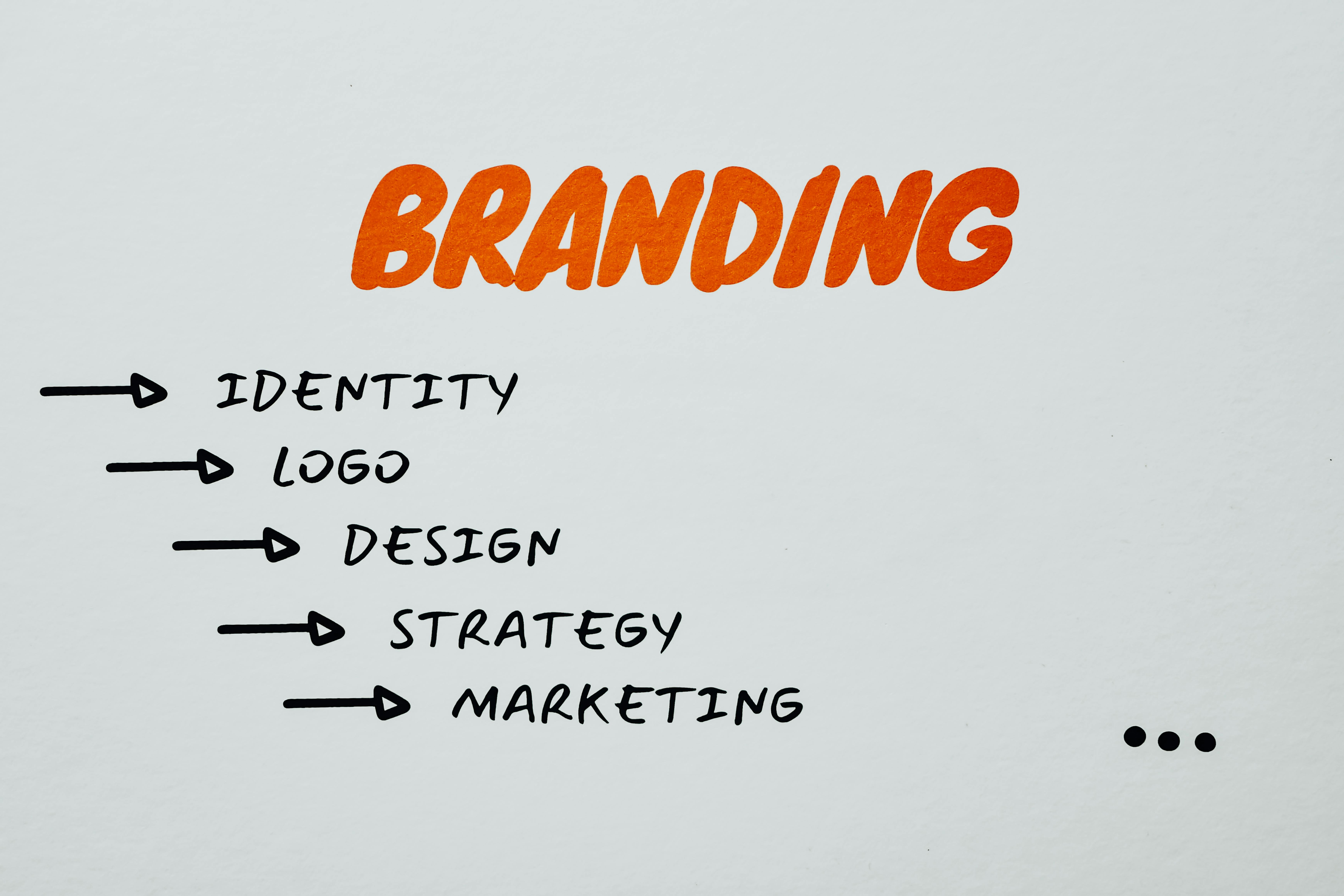Creating a good brand presence is crucial for any business looking to stand out in today’s competitive market. Design plays a pivotal role in this process, as it visually communicates your brand’s values, personality, and promises to your audience. Here’s how to create a strong brand presence and how design can enhance it:
1. Define Your Brand Identity

Clarify Your Mission and Vision
The mission statement defines the core purpose of your brand—what you aim to achieve not just for yourself, but for your customers and the greater community. It’s a clear and concise summary of how you intend to serve your market and what makes you stand out.
The vision statement is a forward-looking declaration of your brand’s long-term goals. It serves as a guiding star, showing the direction your company is heading and what it hopes to achieve in the future. Unlike the mission statement, which is action-oriented, the vision statement is aspirational.
Know Your Audience
Demographic Information:
Age: What age group does your audience fall into?
Gender: Are they predominantly male, female, or non-binary?
Location: Where do they live? (Urban, suburban, rural)
Income Level: What is their average income?
Education Level: What is their educational background?
Occupation: What kinds of jobs do they hold?
Psychographic Information:
Interests: What are their hobbies and interests?
Lifestyle: What kind of lifestyle do they lead?
Values and Beliefs: What do they care about deeply? What are their core values?
Behavioral Information:
Buying Behavior: How do they shop? Are they impulse buyers or do they do a lot of research?
Brand Loyalty: Do they stick with a brand they love, or are they always trying new things?
Media Consumption: What social media platforms do they use? Do they read blogs, listen to podcasts, or watch YouTube?
Examples: Young Professionals: Age 25-35, college-educated, urban, tech-savvy, high disposable income, interested in fitness and travel.
Busy Parents: Age 30-45, married, suburban, mid-income, values convenience, health-conscious, uses Facebook and parenting blogs.
Craft a Brand Story
Create a narrative that encompasses your brand’s history, values, and mission.
Ensure it resonates with your target audience.
2. Develop a Unique Brand Voice

Consistency is Key
Maintaining a consistent tone and style across all communication channels is essential to build trust and recognition for your brand. Your brand voice should reflect your brand’s personality and resonate with your target audience. Here’s how you can achieve this:
Define Your Brand Personality
- Decide if your brand is friendly, professional, innovative, playful, etc.
- List out key characteristics that describe how you want your brand to be perceived.
Develop a Brand Voice Chart
- Tone: How does your brand sound? Formal, informal, optimistic, serious?
- Vocabulary: Are there specific words or phrases your brand consistently uses or avoids?
- Style: Is the communication style conversational, storytelling, straightforward, etc.?
Create a Content Style Guide
This is a more detailed document that includes the brand voice chart but also outlines specifics like grammar rules, punctuation preferences, and formatting styles.
3. Create Visual Branding Elements

Logo Design
A logo is the face of your brand. Make it memorable and versatile.
Ensure it reflects your brand’s core values and is easily recognizable.
Color Scheme
Colors evoke emotions and influence perceptions. Choose a color palette that aligns with your brand’s personality.
Use colors consistently across all branding materials.
Typography
Select fonts that are legible and reflect your brand’s character.
Consistent use of typography helps reinforce brand recognition.
4. Build a User-Friendly Website

Design and Functionality
Invest in a professional website design that is visually appealing and easy to navigate and Ensure it is mobile-responsive and loads quickly.
Content
Populate your website with high-quality content that provides value to your audience. Incorporate your brand voice and visual elements consistently.
5. Leverage Social Media

Visual Consistency
- Use the same profile pictures, cover photos, and branding elements across all social media platforms.
- Share visually appealing content, such as images, videos, and infographics, that aligns with your brand identity.
Engage with Your Audience
- Use social media to tell your brand story and share behind-the-scenes looks.
- Respond to comments, messages, and mentions promptly and in a manner consistent with your brand voice.
6. Design Marketing Materials

Branded Templates
- Create templates for presentations, emails, and other documents to ensure brand consistency.
- Use your logo, color scheme, and typography in all marketing materials.
Packaging
- If you have physical products, invest in well-designed packaging that reflects your brand’s identity.
- Great packaging can enhance the customer experience and encourage repeat business.
7. Monitor and Adapt

Gather Feedback
Regularly seek feedback from customers and employees to identify areas for improvement. Use surveys, reviews, and social media listening tools.
Analyze Competitors
Keep an eye on competitors to understand industry trends and identify opportunities for differentiation.
Continuous Improvement
Be prepared to adapt and evolve your brand based on feedback and market changes. Keep your design elements up-to-date to remain relevant.
Conclusion
A strong brand presence is built on a well-defined brand identity, consistent brand voice, and cohesive visual elements. Effective design enhances your brand’s visibility and helps forge a deeper connection with your audience. By focusing on these foundational elements, you can create a brand that stands out and resonates in the minds of your customers.



Leave a Reply